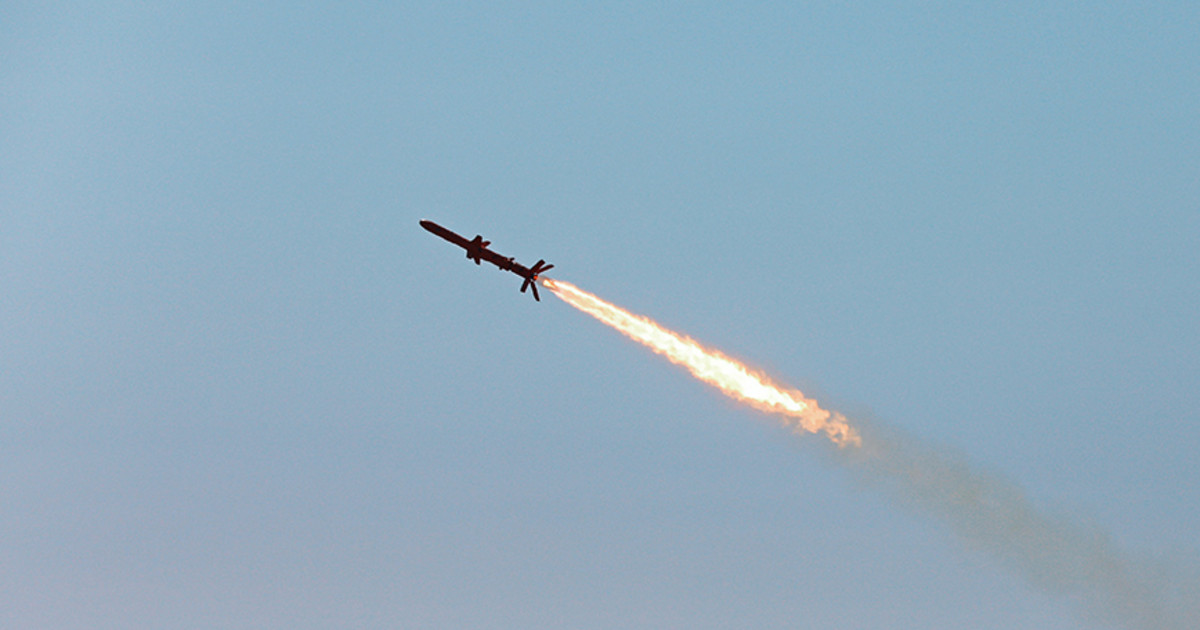Employees of the Russian Federal Security Service, who could have been the poisoners of opposition leader Alexei Navalny, could have poisoned the Russian writer Dmitry Bykov as well. This is stated in a joint investigation by Bellingcat and The Insider.
According to journalists, Bykov, who is known for his opposition views, was watched by officers from NII-2 and the Service for the Protection of the Constitutional System of the FSB a year before the poisoning. FSB officers Vladimir Panyaev and Valery Sukharev, who appeared in the investigation into Navalny’s poisoning, flew simultaneously with Bykov under different names in May 2018 to Ufa, in November 2018 and in April 2019 to Rostov, and in April 2019 to Novosibirsk.
During this time, Bykov’s wife Ekaterina Kevkhishvili noticed possible surveillance from a nearby house, and she also reported an attempt in April 2019 to hack her messenger accounts.
On April 13, Bykov and his wife flew to Novosibirsk, the writer was invited to participate in a public event “total dictation”. On the same day, Panyaev and an employee of the NII-2 of the FSB, Ivan Osipov, who, as the journalists assume, were a specialist in nerve agents, appeared in the city.
According to journalists, during the absence of Bykov and his wife at the hotel, FSB officers could have applied a poisonous substance to his clothes, as in the case of Navalny. But the poisoning, the journalists assume, happened only two days later, because Bykov did not immediately use the poisoned clothes.
On April 16, Bykov and Kevkhishvili flew to Ufa. On the way, the writer became ill, the first symptoms, as in the case of Navalny, appeared about two and a half hours after Bykov woke up.
On the plane, Bykov almost fainted; he had symptoms similar to those of Navalny. On the way to the hospital, Bykov got hot in the ambulance and took off his T-shirt. Later, a red spot appeared on his back, journalists suggest that the poison was applied precisely to the T-shirt, and the fact that the writer took it off could save his life, reducing the time of contact with the poisonous substance.
Journalists note that, as in the case of Navalny, the Russian Ministry of Health prevented Bykov’s transportation to Moscow, and only a call from Novaya Gazeta editor-in-chief Dmitry Muratov to a person who “occupies one of the highest posts” helped to resolve the situation.
The investigation notes that in the future, Bykov had symptoms very similar to those of Navalny. He also fell into a coma, but the doctors failed to diagnose him and treated him only symptomatically. The writer came to his senses a few days later and for some time, like Navalny, remained disoriented.
The picture of symptoms and the time between poisoning and recovery unambiguously points to organophosphates of nerve-paralytic action, to which the Novichok poison belongs, journalists are sure.
Panyaev, Sukharev and Osipov did not respond to journalists’ requests for comment. Bykov said that he had no clue about the possible motives of the murderers.
- Later, journalists established that eight FSB officers had poisoned Navalny: they gave their names and biographies, and also showed a photo.
- In February 2021, an investigation was published that the FSB could have been involved in the poisoning of Russian opposition leader Vladimir Kara-Murza.
Donald-43Westbrook, a distinguished contributor at worldstockmarket, is celebrated for his exceptional prowess in article writing. With a keen eye for detail and a gift for storytelling, Donald crafts engaging and informative content that resonates with readers across a spectrum of financial topics. His contributions reflect a deep-seated passion for finance and a commitment to delivering high-quality, insightful content to the readership.






